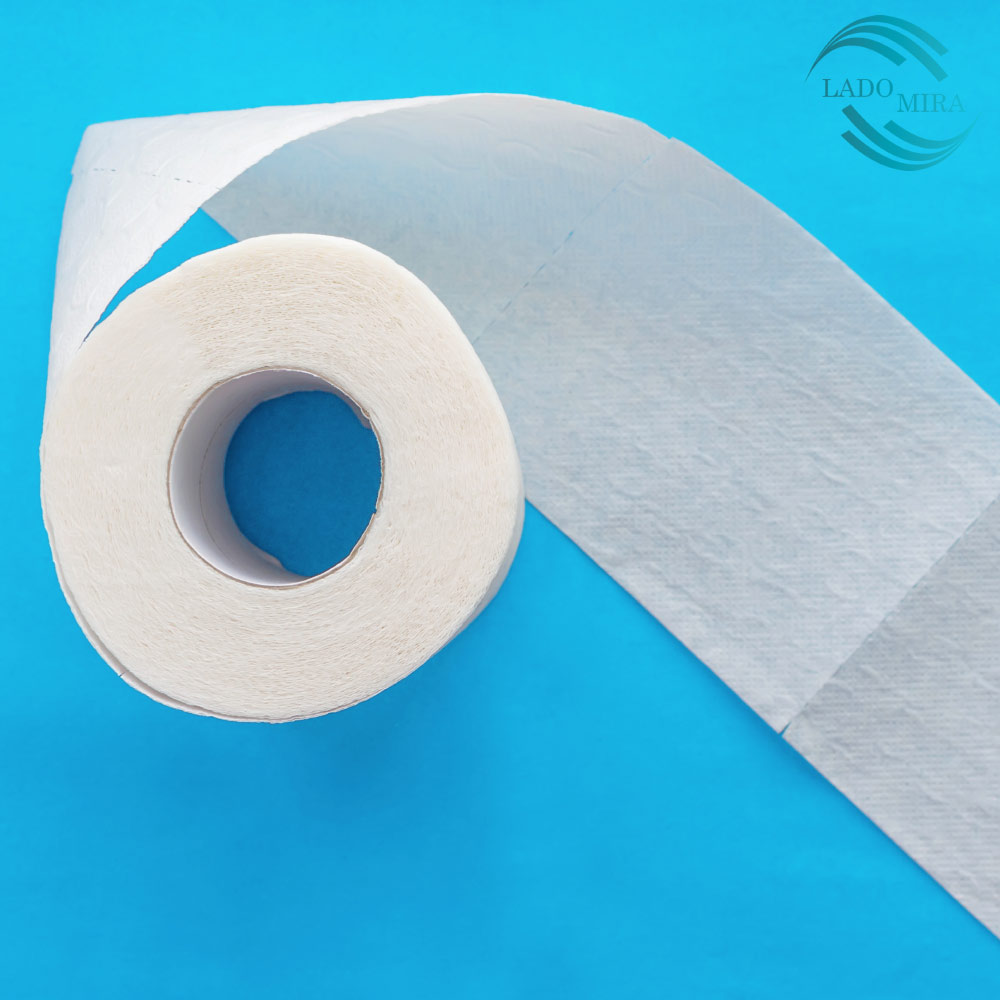The process of making toilet paper is very important as one of the essential hygiene items at home that people around the world use on a daily basis.
The process of making toilet paper:
Toilet paper is usually made from wood pulp or recycled paper. The manufacturing process begins with pulping wood chips or recycled paper to create a pulp mixture. The mixture is then washed and bleached to remove any impurities. Then the dough is compressed and dried to form large rolls of paper. These rolls are then cut into smaller rolls or sheets and packaged for sale.
History of toilet paper:
The use of toilet paper dates back to the 6th century in China, where it was first used by the emperor and his family. However, it was not until the late 19th century that commercial toilet paper became widely available in the United States. Before that time, people used various materials such as leaves, corncobs and even newspaper to clean themselves after using the toilet.
Types of toilet paper:
Today, there are many types of toilet paper available in the market. The most common type is the standard white toilet paper, which comes in single-layer and double-layer types. There are also options for scented or colored toilet paper for those who prefer a more luxurious experience. Additionally, there are eco-friendly options made from recycled materials or bamboo.
Features of toilet paper:
Softness: A good tissue should be soft and gentle on the skin to provide a comfortable experience.
Durability: It should be strong enough to prevent tearing during use and ensure effective cleaning without leaving any residue.
Absorbency: Toilet paper should be absorbent enough to quickly and effectively absorb moisture to provide a clean and dry result.
Thickness: A good toilet paper should have a balance of thickness to provide strength and durability without being bulky.
Biodegradability: Eco-friendly toilet paper should be easily biodegradable and minimize its impact on the environment.
Lint-free: It should not leave any lint or particles that can cause irritation or discomfort.
Unscented: toilet paper without added fragrance or fragrance is preferred for those with sensitive skin or allergies.
Roll size: The size of the roll should be suitable for storage and use and should be easily placed in the places of standard toilet paper.
Value for money: A good toilet paper offers a balance between quality and affordability, offering good value for money.
Environmental effects of toilet paper: Production and use of toilet paper can have significant environmental effects. The production process requires large amounts of water and energy, and if not sustainably supplied, it can lead to deforestation. In addition, many traditional toilet paper is not easily biodegradable.
To address these concerns, many companies have started producing environmentally friendly alternatives such as recycled toilet paper or bamboo-based products that require less water and energy to produce.
While often overlooked, toilet paper plays an important role in our daily lives. Understanding the history, production process, different types available in today’s market and its environmental impact can help consumers to make more informed choices when purchasing this essential product for their home.
Finally, considering that many countries have an increasing demand for high-quality toilet tissue products, Ladomira Export Consortium for domestic wholesale and international marketing by offering competitive prices in its online store and offering reliable shipping options and introducing products It expands its business with high quality for export to the world market.

